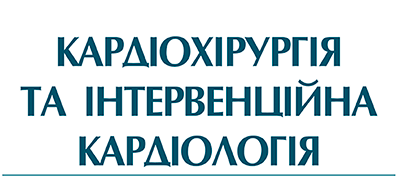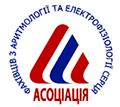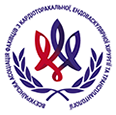Reviews
DOI: http://doi.org/10.31928/2305-3127-2023.1-2.2228
Predictors of cardiac conduction disorders in patients after aortic valve replacement
M.M. Zaretskyi 1, 2, B.M. Todurov 1, 2, O.M. Grytsay 1, V.B. Demyanchuk 1, O.V. Zelenchuk 1, 2
1 Heart Institute Мinistry of Health of Ukraine, Kyiv, Ukraine
2 Shupyk National Healthcare University of Ukraine, Kyiv, Ukraine
Aortic valve replacement (AVR) is the only effective method of treating aortic stenosis. However, the increasing age of operated patients also increases the surgical risks. The most common complications after aortic valve surgery are similar to those of other cardiac surgeries which include: stroke, deep sternal wound infection, re-operation due to bleeding, myocardial infarction (1–5 %). Cardiac arrhythmias that appear after AVR surgery and require permanent pacemaker (PPM) implantation arise in connection with the anatomical features of the aortic valve, its pathological changes, and traumatic intervention during valve defect correction. A large number of single-center, and a few multi-center studies have been conducted to identify risk factors that could serve as predictors of need in PPM implantation after AVR. Further research in this direction is relevant. Currently there are no clear criteria allowing to identify patients with need for preventive PPM implantation before the AVR surgery due to the high probability of cardiac conduction disorders in the postoperative period. This might reduce the number of complications and reduce the length of a patient’s stay in a hospital.
Key words: aortic valve replacement, complications, heart cpnduction disorders, рredictors, pacemaker implantation.
| [PDF] | [References] |








